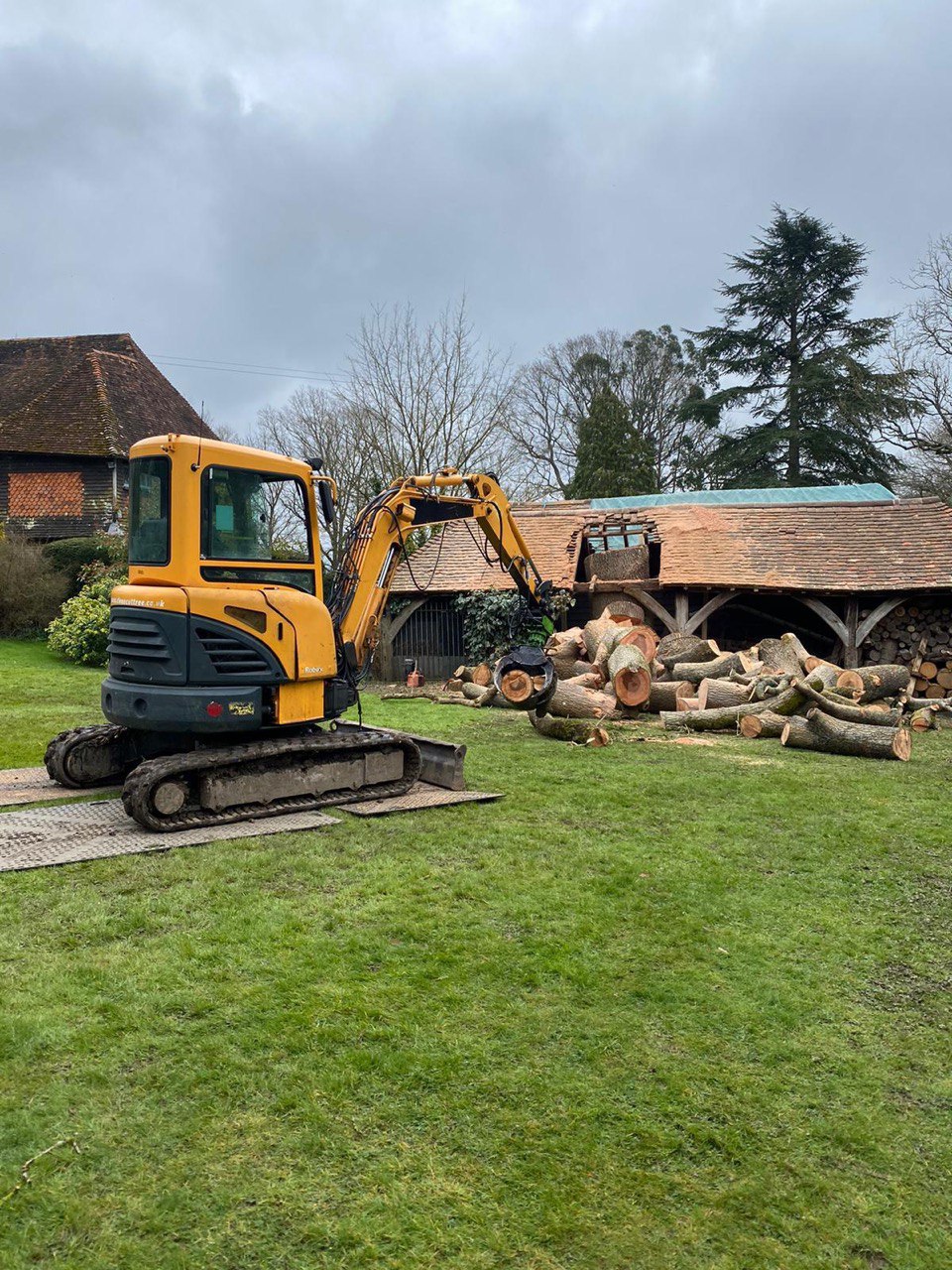Introduction: Pruning is a fundamental aspect of tree care that can profoundly impact a tree’s health, aesthetics, and longevity. Done correctly, pruning can help your trees thrive but can harm or even kill them improperly. In this comprehensive guide, we’ll explore the art and science of tree pruning techniques to ensure your trees flourish for years.

Why Pruning is Essential
Before delving into pruning techniques, let’s understand why pruning is crucial:
Promotes Health: Pruning removes dead or diseased branches, improving overall tree health.
Enhances Safety: Eliminating weak or hazardous limbs reduces the risk of falling branches.
Aesthetics: Pruning can shape a tree, making it more visually appealing.
Fruit Production: Fruit trees benefit from pruning to increase yield and fruit quality.
Airflow and Sunlight: Proper pruning allows for better airflow and sunlight penetration, preventing diseases.
Now, let’s explore various pruning techniques:
- Deadwooding
Purpose: To remove dead or dying branches.
Technique: Use pruning shears or a handsaw to cut dead branches at the collar (where they meet the trunk or another branch). Make clean, angled cuts to prevent tearing.
- Thinning
Purpose: To reduce the density of a tree’s canopy, allowing more light and air to penetrate.
Technique: Remove selected branches at the point where they join a larger branch or the main trunk. Aim to maintain the tree’s natural shape.
- Crown Raising
Purpose: To elevate the lower branches of a tree for clearance.
Technique: Carefully remove lower branches, leaving the collar intact. Be cautious not to remove too many branches, which can stress the tree.
- Crown Reduction
Purpose: To reduce the overall size of a tree.
Technique: Trim branches back to lateral branches or buds. Ensure the pruning cut is no more than one-third the diameter of the branch being removed.
- Directional Pruning
Purpose: To train a tree’s growth in a specific direction.
Technique: Cut back branches to encourage growth in the desired direction. This technique is often used in espalier or topiary designs.
- Pollarding
Purpose: To maintain trees at a specific height and encourage dense growth.
Technique: Remove all branches above a certain point, typically leaving stubs. This practice is common with willows and certain urban trees.
- Fruit Tree Pruning
Purpose: To maximise fruit production and improve fruit quality.
Technique: Remove crowded, weak, or crossing branches to open the canopy. Prune during the dormant season for best results.
- Structural Pruning
Purpose: To develop a strong tree structure and prevent weak crotches.
Technique: Remove competing leaders and branches with narrow angles of attachment. This is vital for young trees.
- Restoration Pruning
Purpose: To revive neglected or damaged trees.
Technique: Carefully assess the tree’s condition and prune to remove dead or damaged branches. Gradual restoration may be necessary for severely stressed trees.
- Seasonal Timing
Purpose: To prune at the right time for the tree’s health.
Technique: Most pruning is best done during the dormant season (late winter to early spring) to minimise stress and disease transmission. However, dead or hazardous branches should be removed promptly.
Conclusion: Pruning is both an art and a science that requires knowledge and precision. Proper tree pruning techniques can ensure your trees’ health, safety, and beauty. However, it’s essential to approach pruning with care, and when in doubt, seek the guidance of a certified arborist or tree care professional. With the right techniques and timing, your trees will thrive and continue to enhance your landscape for generations to come.
Call us on: 01580 234692
Click here to find out more about Tenterden Tree Surgeons
Click here to complete our contact form and see how we can help with your tree’s needs.